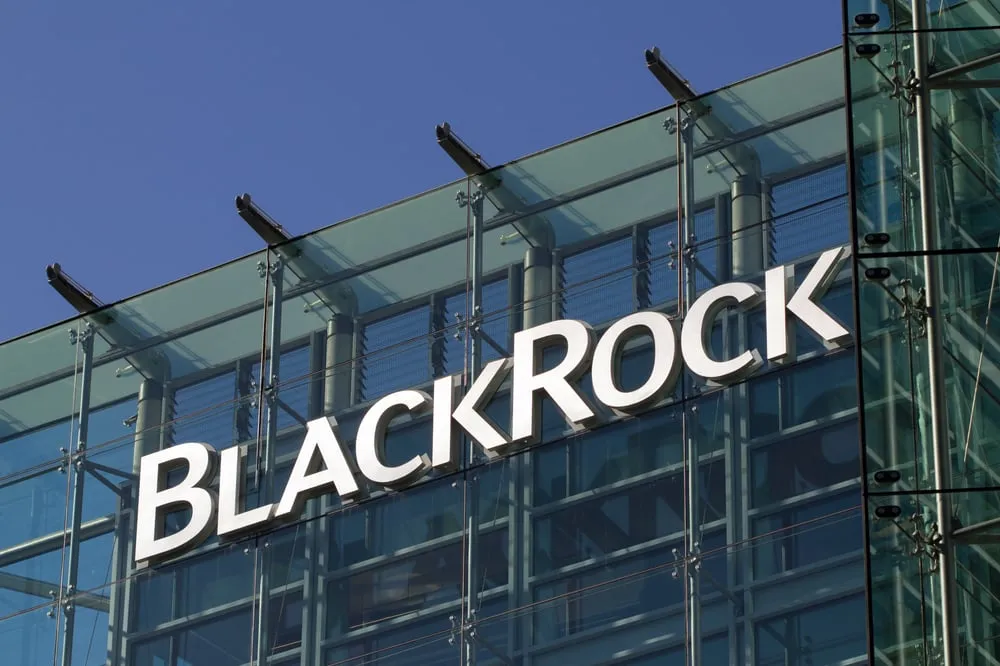How does blockchain work?
While underlying blockchain mechanisms are complex, we give a brief overview in the following steps. Blockchain software can automate most of these steps:
Step 1 – Record the transaction
A blockchain transaction shows the movement of physical or digital assets from one party to another in the blockchain network. It is recorded as a data block and can include details like these:
- Who was involved in the transaction?
- What happened during the transaction?
- When did the transaction occur?
- Where did the transaction occur?
- Why did the transaction occur?
- How much of the asset was exchanged?
- How many pre-conditions were met during the transaction?
Step 2 – Gain consensus
Most participants on the distributed blockchain network must agree that the recorded transaction is valid. Depending on the type of network, rules of agreement can vary but are typically established at the start of the network.
Step 3 – Link the blocks
Once the participants have reached a consensus, transactions on the blockchain are written into blocks equivalent to the pages of a ledger book. Along with the transactions, a cryptographic hash is also appended to the new block. The hash acts as a chain that links the blocks together. If the contents of the block are intentionally or unintentionally modified, the hash value changes, providing a way to detect data tampering.
Thus, the blocks and chains link securely, and you cannot edit them. Each additional block strengthens the verification of the previous block and therefore the entire blockchain. This is like stacking wooden blocks to make a tower. You can only stack blocks on top, and if you remove a block from the middle of the tower, the whole tower breaks.
Step 4 – Share the ledger
The system distributes the latest copy of the central ledger to all participants.
What are the types of blockchain networks?
There are four main types of decentralized or distributed networks in the blockchain:
1. Public blockchain networks
Public blockchains are permissionless and allow everyone to join them. All members of the blockchain have equal rights to read, edit, and validate the blockchain. People primarily use public blockchains to exchange and mine cryptocurrencies like Bitcoin, Ethereum, and Litecoin.
2. Private blockchain networks
A single organization controls private blockchains, also called managed blockchains. The authority determines who can be a member and what rights they have in the network. Private blockchains are only partially decentralized because they have access restrictions. Ripple, a digital currency exchange network for businesses, is an example of a private blockchain.
3. Hybrid blockchain networks
Hybrid blockchains combine elements from both private and public networks. Companies can set up private, permission-based systems alongside a public system. In this way, they control access to specific data stored in the blockchain while keeping the rest of the data public. They use smart contracts to allow public members to check if private transactions have been completed. For example, hybrid blockchains can grant public access to digital currency while keeping bank-owned currency private.
4. Consortium blockchain networks
A group of organizations governs consortium blockchain networks. Preselected organizations share the responsibility of maintaining the blockchain and determining data access rights. Industries in which many organizations have common goals and benefit from shared responsibility often prefer consortium blockchain networks. For example, the Global Shipping Business Network Consortium is a not-for-profit blockchain consortium that aims to digitize the shipping industry and increase collaboration between maritime industry operators.
What are blockchain protocols?
The term blockchain protocol refers to different types of blockchain platforms that are available for application development. Each blockchain protocol adapts the basic blockchain principles to suit specific industries or applications. Some examples of blockchain protocols are provided in the following subsections:
A. Hyperledger fabric
Hyperledger Fabric is an open-source project with a suite of tools and libraries. Enterprises can use it to build private blockchain applications quickly and effectively. It is a modular, general-purpose framework that offers unique identity management and access control features. These features make it suitable for various applications, such as track-and-trace of supply chains, trade finance, loyalty and rewards, and clearing settlement of financial assets.
B. Ethereum
Ethereum is a decentralized open-source blockchain platform that people can use to build public blockchain applications. Ethereum Enterprise is designed for business use cases.
C. Corda
Corda is an open-source blockchain project designed for business. With Corda, you can build interoperable blockchain networks that transact in strict privacy. Businesses can use Corda’s smart contract technology to transact directly, with value. Most of its users are financial institutions.
D. Quorum
Quorum is an open-source blockchain protocol that is derived from Ethereum. It is specially designed for use in a private blockchain network, where only a single member owns all the nodes, or in a consortium blockchain network, where multiple members each own a portion of the network.






